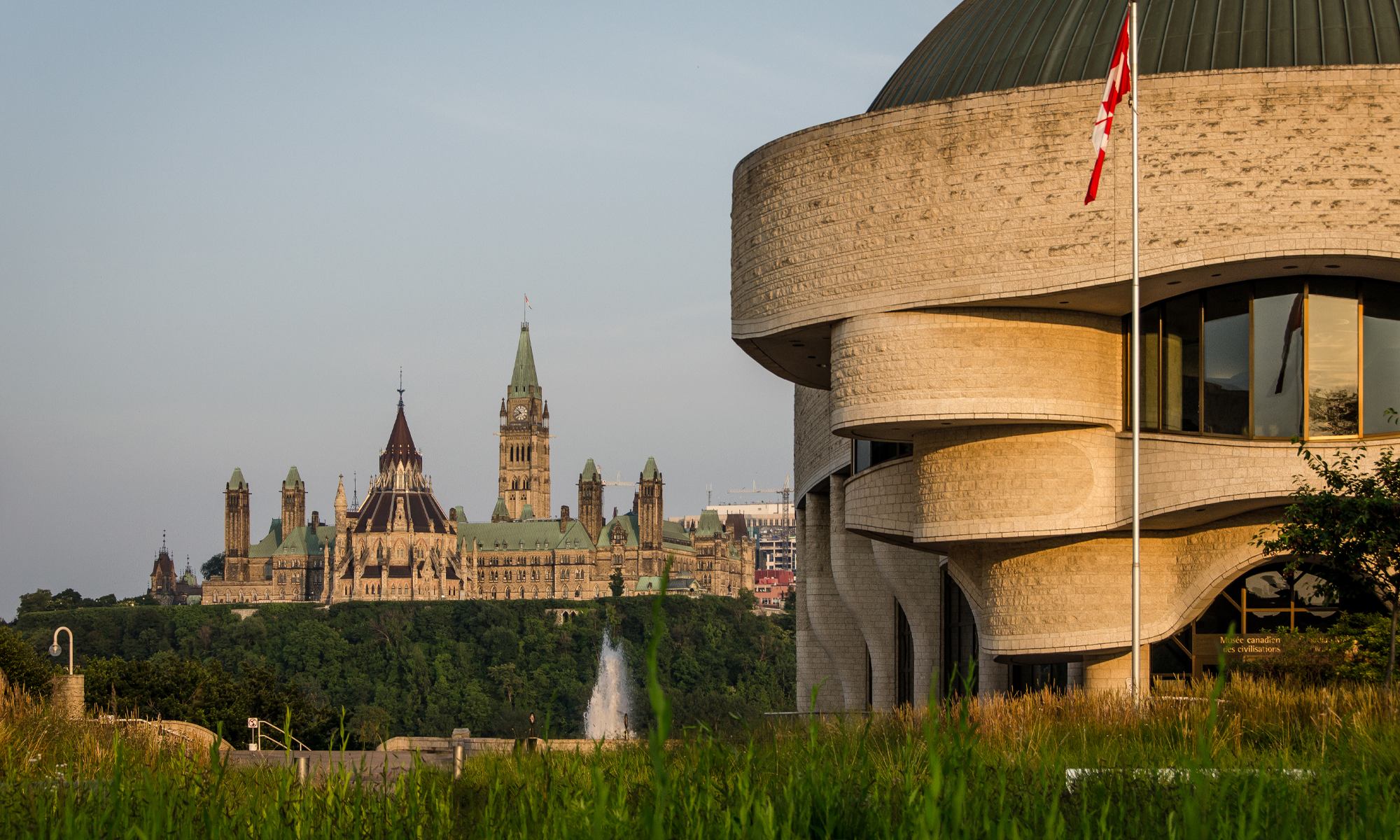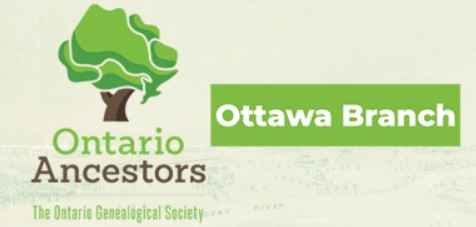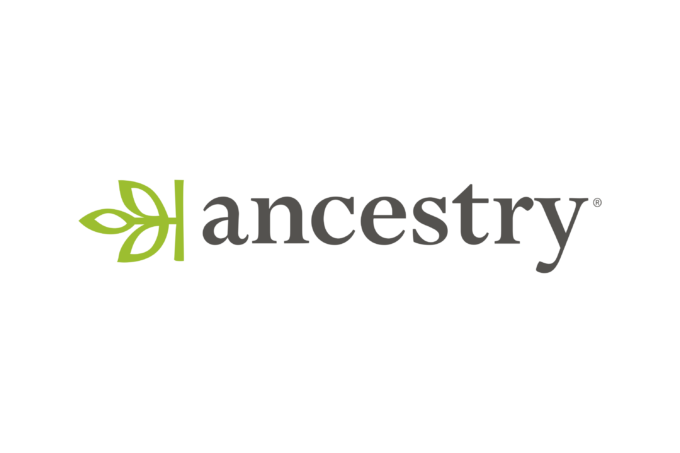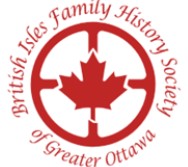Following up on the post What was scraping trees in 1835? the 15 April 1865 issue of the New England Farmer offers an opinion, probably more than you care to know!
Scraping Trees. Yes, apple trees ; and what is it done for? We have asked the question many times of orchardists, and the reply uniformly is, “Oh, it destroys the insects that shelter themselves under the bark, and hatch out their young there.”
“What other advantage is there in scraping fruit trees?”
“Well, it makes them smoother and look better.”
“These are the only reasons we have ever heard given for scraping apple trees. As to the first reason, the insects, we have now continued our pleasant labor over many trees, and although working with eyes wide open, have not seen a dozen insects, or their larvae, under the bark.
There is no doubt but insects of various kinds avail themselves of the shelter afforded by the, rough bark, both for their own comfort and as a place in which to produce their young, and if they had not this, would proceed to the moss on a stone wall or the bark on a rail fence, and reproduce themselves there, within a convenient distance of the orchard, if they chose to prey upon it. We do not, therefore, think much of this as a reason for scraping apple trees.
The other two are sound reasons; it does make them smoother and look better. We improve upon Nature by grafting, getting a fairer and more symmetrical tree, to say nothing of the fruit. Nature leaves the stem of the grafted tree in a very rough condition as it advances in age. Is this roughness the result of a mechanical operation, or is it especially designed as a protection to the tree, or is it both? Do the expanding forces of the tree gradually break the outer bark, causing it to scale off as it becomes dry, or is it a special provision of nature to protect the tree from atmospheric changes, heat and cold ?As a fruit-bearer, is the tree in any way improved by scraping it? Does it grow either faster or more firmly for scraping, or will it produce a single apple more for such treatment? We cannot see that it will. But scraping greatly improves the appearance of the tree, giving the orchard a neat and finished condition that commends itself at once to all. This would not apply to forest and shade trees, as they are in a natural condition and cannot be improved by any art of man. After apple trees have been carefully scraped, if they are washed with common soft soap, diluted with rain water to the consistency of thin cream, they will assume a greenish hue that is pleasant to the eye and gives them much of the appearance they had when ten or a dozen years old. The scraping renders this operation easy, and the washing is decidedly beneficial to the tree. What is spilled upon the ground in washing is just what the tree likes, perhaps needs, and we are inclined to think that the foliage of a tree washed two or three times a year with soap and water, extending the wash well up the larger branches, will show a foliage larger, of a darker green and more vigorous growth than the same kind of trees that are not washed. What do you think, Orchardists? tell us, will you ?
On the same page, this:
WASH FOR TREES.
We have no great faith in the efficacy of either washing or scraping trees—but as some persons have, a few words on the subject may not be useless.
If washing is determined upon, the best material in our knowledge is common soft soap mixed with water until it is of the consistency of cream. It may be applied with a brush, or a swab. If applied in the month of July, it will have a tendency to destroy the eggs of insects which are then deposited on the bark, and about the roots of trees.
This wash will also be found effectual in removing moss and other parasitical productions. A sufficient amount of potash is contained in the soap to accomplish these ends, and yet not enough to injure the bark of the tree, and as it is of vegetable origin, it is more congenial to the tree than lime, and is always to be preferred. It does not close the pores of the bark, as lime wash does, but leaves them unobstructed and open to atmospheric influences, and in a state of vigorous and perfect health. It has long been used by orchardists and gardeners, and has never been known to injure any fruit tree, when made and applied as above directed.
A weak solution of potash might secure similar results, but its highly caustic nature makes its use quite dangerous.
These days, dormant oil spray, fungicides and insecticides are proposed. https://indianapolisorchard.com/home-apple-tree-care-spray-guide/. We’d likely be healthier if old-fashioned soft soap were used.


 British Armed Forces, First World War Soldiers’ Medical Records
British Armed Forces, First World War Soldiers’ Medical Records

 Ancestry has added 19,715 records in the collection: Web: Isle Of Man, Wills Index, 1600-1864
Ancestry has added 19,715 records in the collection: Web: Isle Of Man, Wills Index, 1600-1864 BIFHSGO President Dianne Brydon has announced that Paul Cripwell has come forward to volunteer as the new
BIFHSGO President Dianne Brydon has announced that Paul Cripwell has come forward to volunteer as the new  In Commonwealth War Graves Commission cemeteries worldwide, the Cross of Sacrifice stands as a towering presence, its white stone form reaching skyward in solemn remembrance of fallen servicemen and women. Designed by Sir Reginald Blomfield in 1918, this monument was conceived to honour the supreme sacrifice of those who gave their lives in service of the Commonwealth. Yet, as we approach this symbol today, we must ask: Does this Christian emblem represent all who made the ultimate sacrifice?
In Commonwealth War Graves Commission cemeteries worldwide, the Cross of Sacrifice stands as a towering presence, its white stone form reaching skyward in solemn remembrance of fallen servicemen and women. Designed by Sir Reginald Blomfield in 1918, this monument was conceived to honour the supreme sacrifice of those who gave their lives in service of the Commonwealth. Yet, as we approach this symbol today, we must ask: Does this Christian emblem represent all who made the ultimate sacrifice?